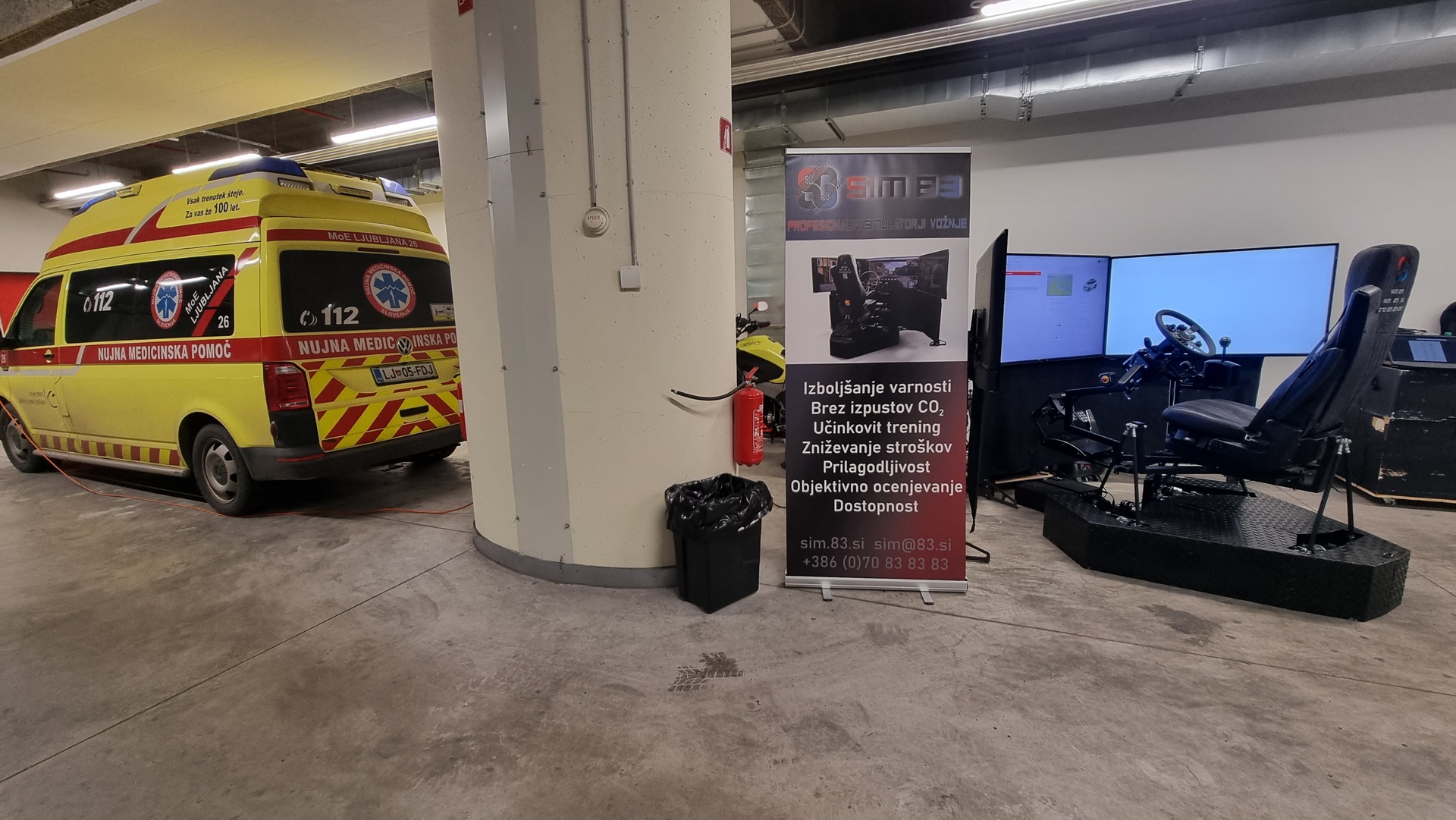New technologies such as virtual reality and advanced driving simulators are shaping the future of driver education. These devices allow learners to experience realistic driving scenarios in a safe and controlled environment.
Technology
Unlike consumer simulators, which are powered by gaming computers and have minimal driver controls, driving simulators can incorporate real or replicated vehicle cabins and feature advanced human factors, tyre and surface modelling and powerful motion systems. They also allow real-time connection to advanced models of vehicle sub-systems for ADAS testing and other systems such as tachographs, navigation and so on. An example of such a simulator is Sim 83 – Driving simulators
Safety
Many studies have shown that training in simulators can improve driver performance in certain driving scenarios. It also eliminates the possibility of physical injury, which is particularly important in safe driving training, where it is necessary to learn how to control the vehicle in specific circumstances such as extreme weather conditions, unexpected road obstacles or sudden changes of direction.
Cost
Driving simulators provide a safe environment for assessing drivers. They allow an independent assessment process without relying on human judgement or bias. They also bring savings in the long run compared to conventional training methods, both in terms of wear and tear on the equipment and in terms of fewer injuries and lower fuel consumption.
Conclusion
The future of driver education will undoubtedly be transformed by virtual reality and advanced simulators such as Sim 83 – Driving Simulators. Through virtual experiences and realistic training, students can learn key driving skills, improve hazard perception and develop a solid foundation for safe and responsible driving.

